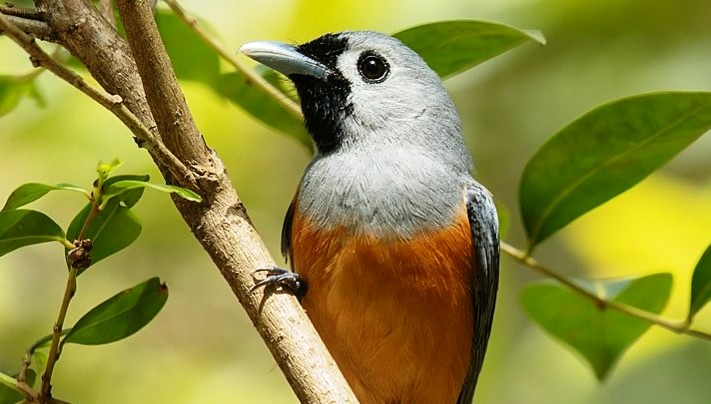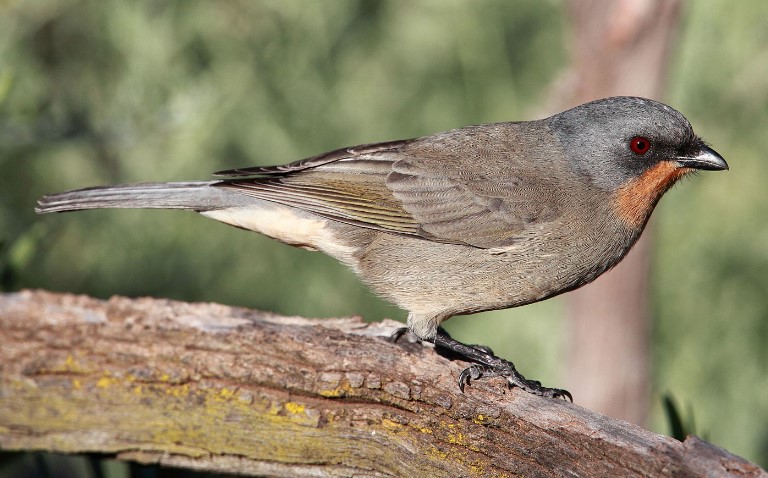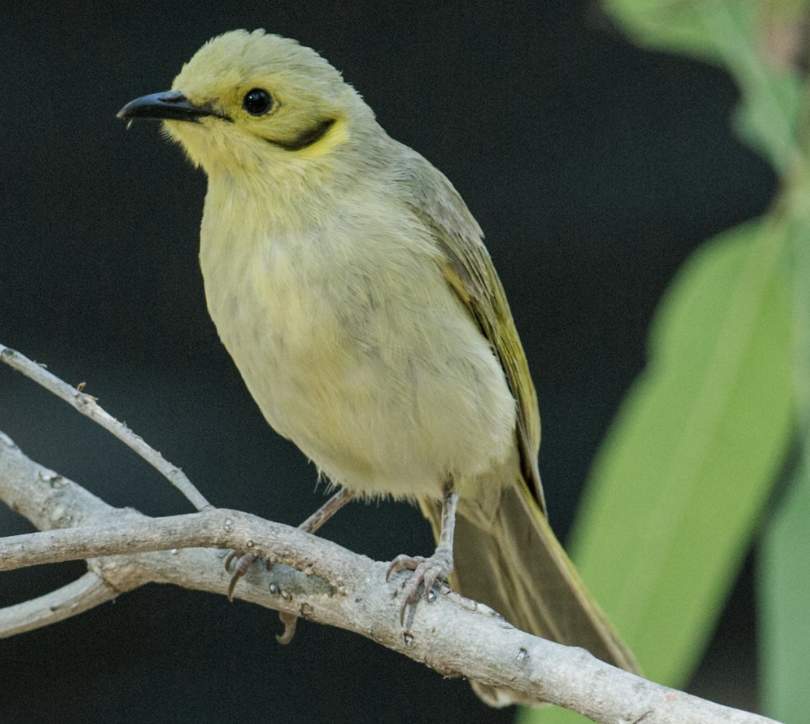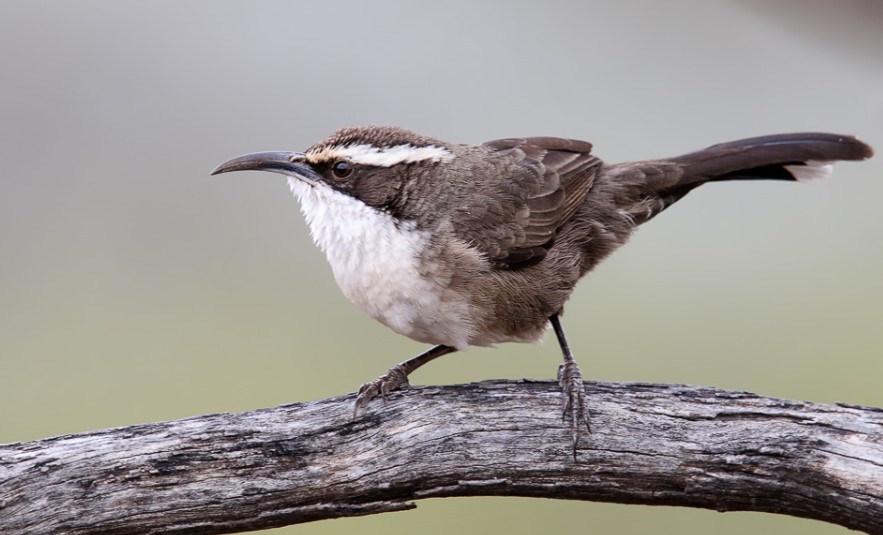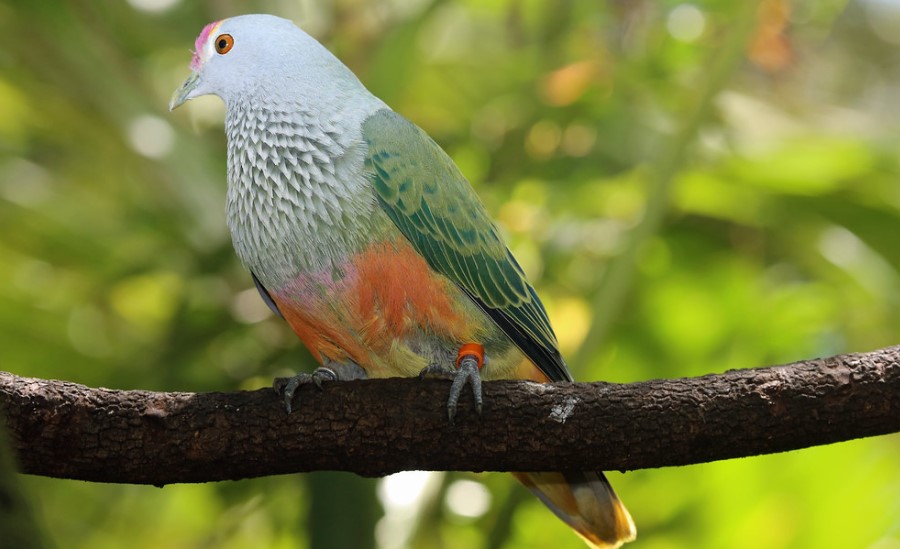Dark-eyed Junco Male vs Female – Dark-eyed Juncos exhibit sexual dimorphism, meaning that there are noticeable differences between male and female individuals. This can be seen in their physical appearance, behavior, and vocalizations. The female Dark-eyed Junco is an important member of North American ecosystems, serving as a food source for many species of birds and mammals. Her role in the species’ ecology and her distinctive appearance make her an important and fascinating component of the North American avifauna.

Physical Appearance: One of the most notable differences between Dark-eyed Junco male vs female is their plumage. Males have a distinctive black hood, contrasting with their white bellies and gray upper parts. Like the male, she has a gray upper body and a white belly, but with a brown hood that is less contrasting and more uniform in color. In addition to differences in plumage color, males may also have longer tails and more slender bodies than females.
Behavior: There are also behavioral differences between male and female Dark-eyed Juncos. During the breeding season, male juncos are known for their territorial behavior and can be observed singing and displaying to attract a mate. During the breeding season, the female junco is primarily responsible for building the nest and incubating the eggs. She also helps to feed the young and may defend the nest from predators and other potential threats. In general, female Dark-eyed Juncos are more inconspicuous than males, spending more time foraging for food and less time singing or displaying.
Vocalizations: Another way to differentiate between male and female Dark-eyed Juncos is by their vocalizations. Males have a distinct song that they use to attract a mate and establish their territory. This song is a series of trills and buzzes, often repeated several times. Female juncos also have been called, but they are generally less complex and less melodic than the songs of males. The male Dark-eyed Junco defends his nesting territory by singing from a perch. His song is comprised of 7 to 23 notes and can last up to 2 seconds. This musical trill is similar to the songs of the chipping sparrow and pine warbler and can be heard from a distance of hundreds of feet
It is worth noting that not all individuals conform to these general patterns of behavior and appearance. There may overlap in the plumage and vocalizations of male and female Dark-eyed Juncos, and there may also be individual variations in behavior. Nevertheless, the differences between male and female juncos are an important aspect of their biology and provide valuable information about the species and its ecology.
Description: Dark-eyed Juncos (Junco hyemalis) are small, seed-eating birds that are widely distributed across North America. They are also known as “snowbirds” or “slate-colored juncos” due to the distinctive slate-gray color of their heads and upper parts. These birds are highly adaptable and can be found in a wide range of habitats, including forests, grasslands, and suburban areas.
Dark-eyed Juncos are migratory birds, with populations in northern and high-altitude regions migrating to lower elevations and latitudes in the winter. During the breeding season, they feed on insects, spiders, and other small invertebrates, as well as seeds and fruit. In the winter, they primarily feed on seeds, including those of grasses and forbs.
In terms of behavior, Dark-eyed Juncos are social birds that often form large flocks, especially during the non-breeding season. They are known for their bold and active personalities, as well as their distinctive calls and songs. They are also important members of North American ecosystems, serving as food sources for many species of birds and mammals. Dark-eyed Juncos are an important and fascinating component of North American avifauna, valued for their adaptability, social behavior, and distinctive appearance.
Range: A small, migratory bird that is widely distributed across North America. Its range extends from Alaska in the north to Mexico in the south, and from the Atlantic coast to the Pacific coast. Dark-eyed Juncos are found in a variety of habitats, including coniferous and deciduous forests, scrublands, and grasslands. They are also common in suburban and urban areas, where they can often be seen foraging for food in backyards and parks.
In the summer, the Dark-eyed Junco breeds in northern and mountainous regions of North America, including Alaska and Canada. During the winter, it migrates to lower latitudes, including much of the United States and Mexico. The exact range of the Dark-eyed Junco can vary depending on the time of year and environmental conditions. Read More – Difference Between Carolina Wren vs House Wren



